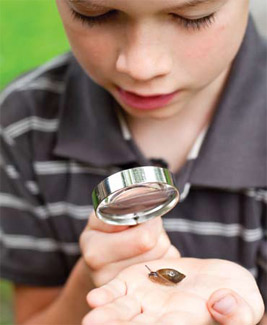Children are born with the potential to be creative. They deserve to be given the chance to develop their creativity to the fullest extent possible. As parents, we play an important role in encouraging this. Although creativity can’t be taught, we can nonetheless create an environment that can encourage creativity in our children.
Benefits of Creativity
Children can benefit from being creative in many ways. They make more use of their imagination, are willing to explore different things, and develop self-expression and open-ended thinking. Along the way, they may also develop traits such as perseverance, self-confidence, independence, tolerance of ambiguity, and perhaps, a good sense of humour.
Ways for Parents to Encourage Creativity
- Allow them to play and express their ideas. Play is an important part of learning which helps develop creative thinking in children. It allows them to experience creativity through their five senses – sight, hearing, taste, smell, and touch. Parents can attempt to stimulate imagination and creativity through makebelieve and imaginative play.
- Provide an environment that encourages creativity. This can range from making sure that the child is comfortable in expressing ideas without fear of being rejected to making sure that his safety is being taken care of so that he or she can focus on exploring the world with little or no disruption.
- Ask great questions and do not limit their questions. It is also important for parents to be flexible with their children’s answers or responses. Even when it is wrong, they need not scold the child. Rather, take the opportunity to teach the child to find the right answer. Problem solving is a vital component of creative thinking.
- Stimulate creative thinking with age-related activities. There are many activities that parents can engage their children in, including arts, music, sports and cooking. Others such as reading books and watching educational television and multimedia programmes may also help cultivate creativity in children.
|
Decreasing Creativity…? |
|
School and home are the two most important places that can either help encourage or stifle creativity in children. In many cases, however, adults tend to unintentionally stifle creativity in children with common practises such as: |
|







Comments